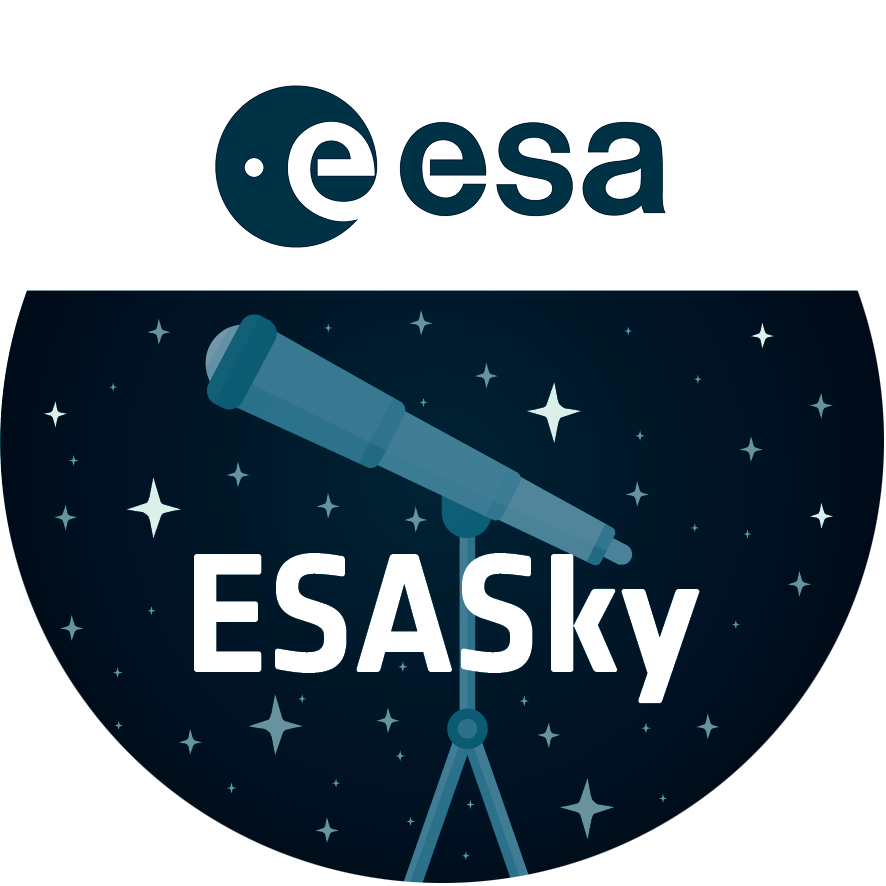The Red Spider Nebula: surfing in Sagittarius - not for the faint-hearted!
Huge waves are sculpted in this two-lobed nebula some 3000 light-years away in the constellation of Sagittarius. This warm planetary nebula harbours one of the hottest stars known and its powerful stellar winds generate waves 100 billion kilometres high. The waves are caused by supersonic shocks, formed when the local gas is compressed and heated in front of the rapidly expanding lobes. The atoms caught in the shock emit the spectacular radiation seen in this image.
Credit:ESA & Garrelt Mellema (Leiden University, the Netherlands)
About the Image
| Id: | heic0109a |
|---|---|
| Type: | Observation |
| Release date: | 24 July 2001, 15:00 |
| Related releases: | heic0109 |
| Size: | 3206 x 1785 px |
About the Object
| Name: | NGC 6537, Red Spider Nebula |
|---|---|
| Type: | Milky Way : Nebula : Type : Planetary |
| Distance: | 6000 light years |
| Constellation: | Sagittarius |
| Category: | Nebulae |
Wallpapers
Coordinates
| Position (RA): | 18 5 13.39 |
|---|---|
| Position (Dec): | -19° 50' 32.56" |
| Field of view: | 2.18 x 1.21 arcminutes |
| Orientation: | North is 50.1° left of vertical |
Colours & filters
| Band | Telescope |
|---|---|
| Optical Oiii |
Hubble Space Telescope
WFPC2 |
| Optical Oii |
Hubble Space Telescope
WFPC2 |
| Optical H-alpha |
Hubble Space Telescope
WFPC2 |
| Optical Nii |
Hubble Space Telescope
WFPC2 |
| Optical Sii |
Hubble Space Telescope
WFPC2 |



